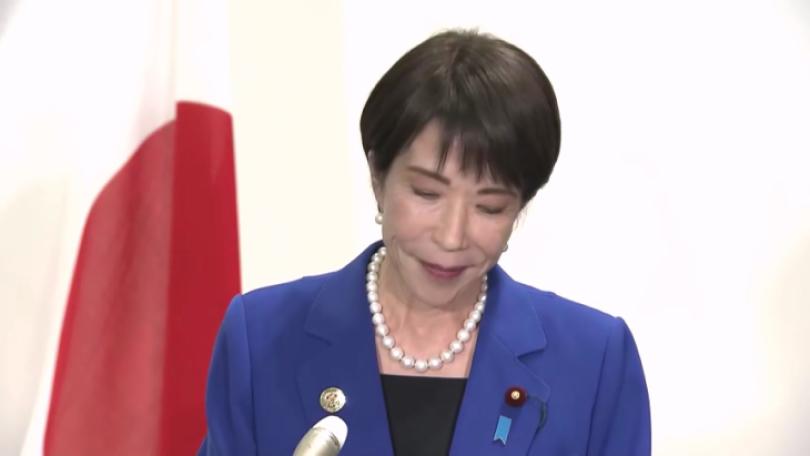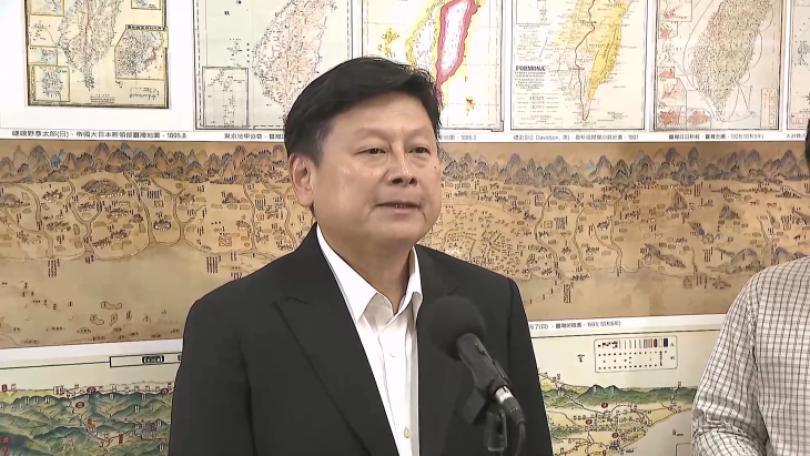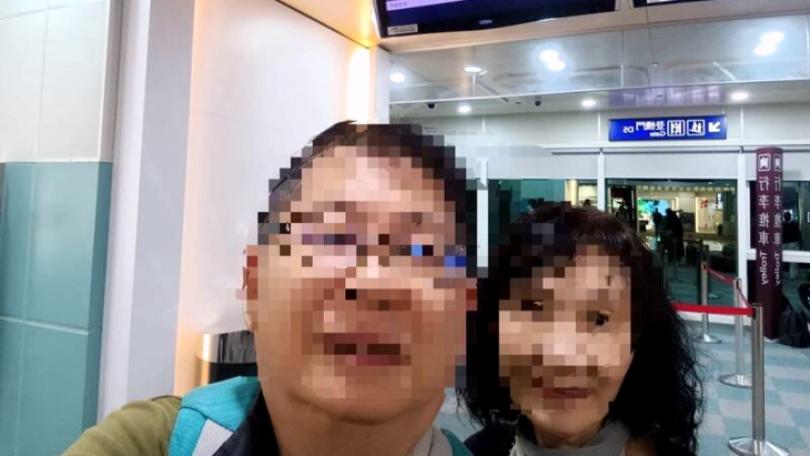TSMC to Try Flexible Work Schedule in February 傳台積電部分廠區 二月試行彈性上下班
TSMC plans to give their staff the opportunity to arrive at work at different times to help ease traffic that commuters face when traveling to and from the Hsinchu Science Park.
Hsinchu Science Park, which has nearly 170,000 employees, suffers from heavy traffic jams during rush hours. The journey from Zhubei to the science park should only take ten minutes, but it can take at least 50 minutes during rush hour traffic. TSMC, a leading wafer manufacturer, has reported that it will try out a flexible work schedule at some factories in February and the system will be fully implemented for the rest of the company after June at the earliest.
Chang Chih-yuan, Secretary-General, Allied Association for Science Park Industries: “Improving traffic via public works will take a long time. So the best way is for everyone to automatically adjust shifts. TSMC is now taking the lead in doing this. I think it's a great and smart move. If successful, I believe more companies will follow.”
TSMC is expected to divide the start of work into three periods: 7:30, 8:30, and 9:30 in the morning. After deducting a one-hour break for meals, employees can leave work after eight hours. The Ministry of Labor is also happy to see the success of this program. However, it also reminds employers that they still need to record employees' attendance in detail to protect their wages and overtime hours. Otherwise, the company will be fined up to NT$450,000.
Huang Wei-chen, Director, Dept. of Labor Standards and Equal Employment, MOL: “If there is a continuation of work after the agreed working hours, it is still overtime. If workers have to work overtime, they must be paid for overtime. This flexible work schedule does not mean there's no overtime pay. This is something that must be paid special attention to.”
This Lunar New Year gift from TSMC will save employees from being stuck in traffic during rush hour. It not only alleviates the problem of traffic congestion but also takes care of employee needs. TSMC responded that its human resources department is still working on relevant details and will be announced to the public after confirmation.
有將近17萬名員工的新竹科學園區,每逢上下班時間就會大塞車。原本竹北到竹科,車程只要10多分鐘,但碰到上下班車潮,就硬生生拉長變至少50多分鐘。晶圓龍頭大廠台積電,傳出2月份將針對部分廠區,試行彈性上下班分流制,最快半年後全面實施。
台灣科學工業園區科學工業同業公會秘書長張致遠表示:「如果用公共工程來做,這個交通改善要廢時曠日,所以最好的方法就是大家自動地調班。台積電現在率先來做這個事情,我認為是非常棒,而且很明智之舉,透過他如果成功的話,我相信會有更多的廠商跟進。」
台積電預計將上班時間分為7時30分、8時30分以及9時30分3個時段,扣除吃飯休息1小時,滿8個小時就可以下班。勞動部對此也樂見其成,但也提醒雇主仍要詳細登載員工的出勤紀錄,保障員工工資、加班時數等問題,否則最高可處45萬元罰鍰。
勞動部勞動條件及就業平等司司長黃維琛指出:「在約定的工作時間之後,如果還有延續工作的話,還是加班。如果還是有加班情況一樣要給加班費,不會變成說那這樣彈性調整,就沒有加班費的情況,這一點也是要特別注意。」
這份新春大賀禮,讓員工新的一年不用再塞在車陣中,既能緩解塞車問題,也能照顧員工需求。台積電回應,目前人資部門仍在調整相關細項內容,待確認後將再對外公布。









